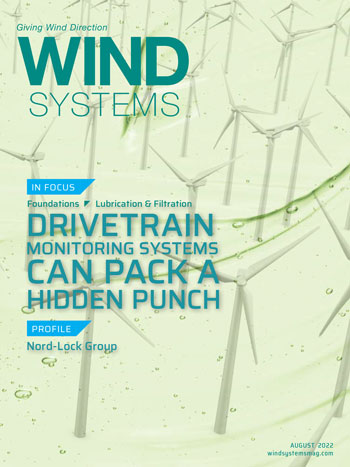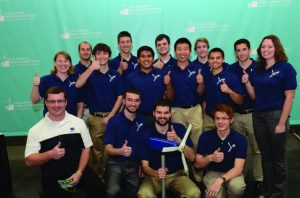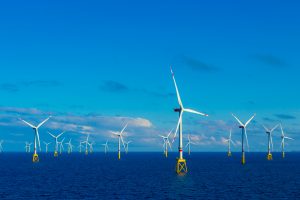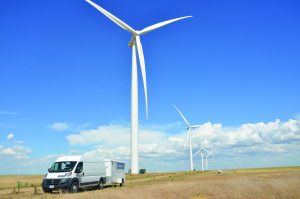Wind power is here, and it is here to stay.
As a testament to that, the U.S. Wind Turbine Database estimates there are more than 70,000 wind turbines operating in the United States, Puerto Rico, and Guam. Collectively, they provide about 7 percent of the country’s electricity. This figure is expected to increase as well.
One of the country’s largest wind-energy developments, the 999-MW Traverse Wind Energy Center in Oklahoma, began operation in early 2022. This continues the trend of the United States embracing wind energy, as approximately 3,000 new turbines have been added annually to the nation’s infrastructure since 2005.
That is a lot of wind turbines — and each one needs to be maintained. A challenge facing the industry is ensuring enough technicians are fully trained to keep them operational.
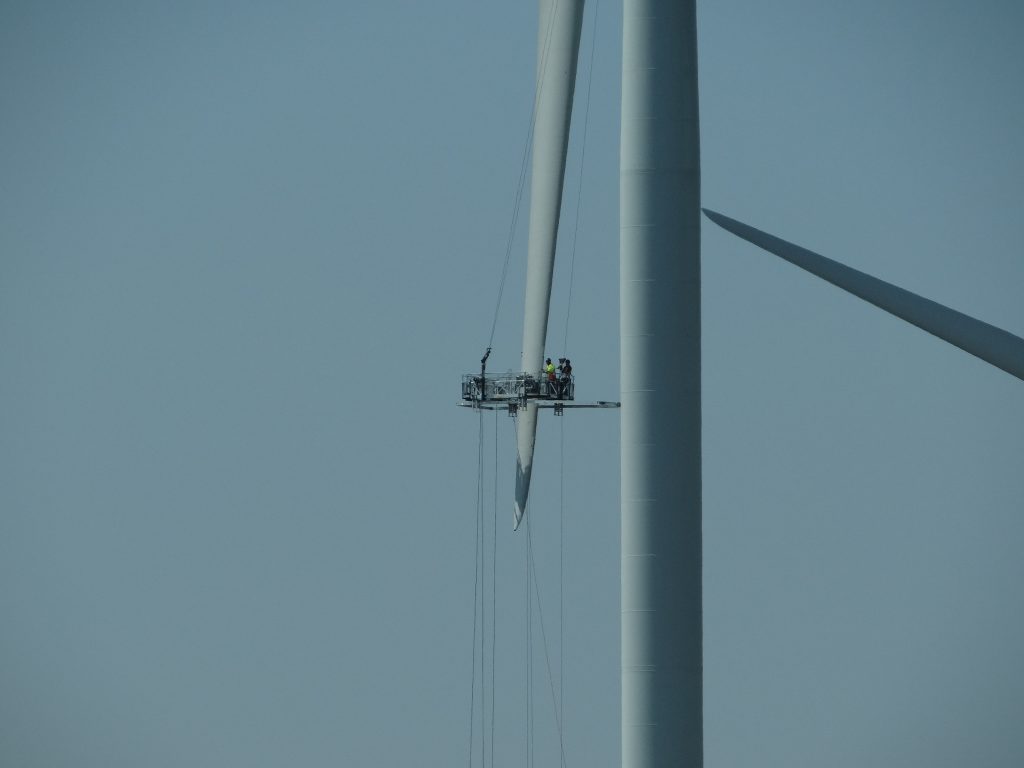
Technical education
The best path to properly training technicians is through technical education. Although the wind-power industry is still in its relative infancy in the United States, some technical schools and community colleges now offer wind-power-specific education for traditional students and adult learners to study turbine design and control systems.
To support this, the wind-power industry must address some specific challenges when it comes to tools and tool management — that is where suppliers fit into the equation.
Some suppliers have invested heavily in technical education to develop product-specific user certifications for tools, equipment, and asset management in a number of industries, including wind power. These training modules, which technical schools and colleges can seamlessly incorporate into their existing wind-energy courses, teach aspiring technicians the proper way to use tools and equipment specific to wind energy, allowing them to be more productive in the field.
To help facilitate these certifications, suppliers have joined forces with the National Coalition of Certification Centers (NC3), a network of education providers and corporations that support advances and validate new and emerging technology skills in a number of industries.
But these programs cannot provide their intended benefit without people who are interested in a career in skilled trades.
There is such great potential for people to get their foot in the door and start their career in the skilled trades because of the industry’s demand for reliable, well-trained employees. If you are not afraid of heights, wind can be a landing place for many individuals.
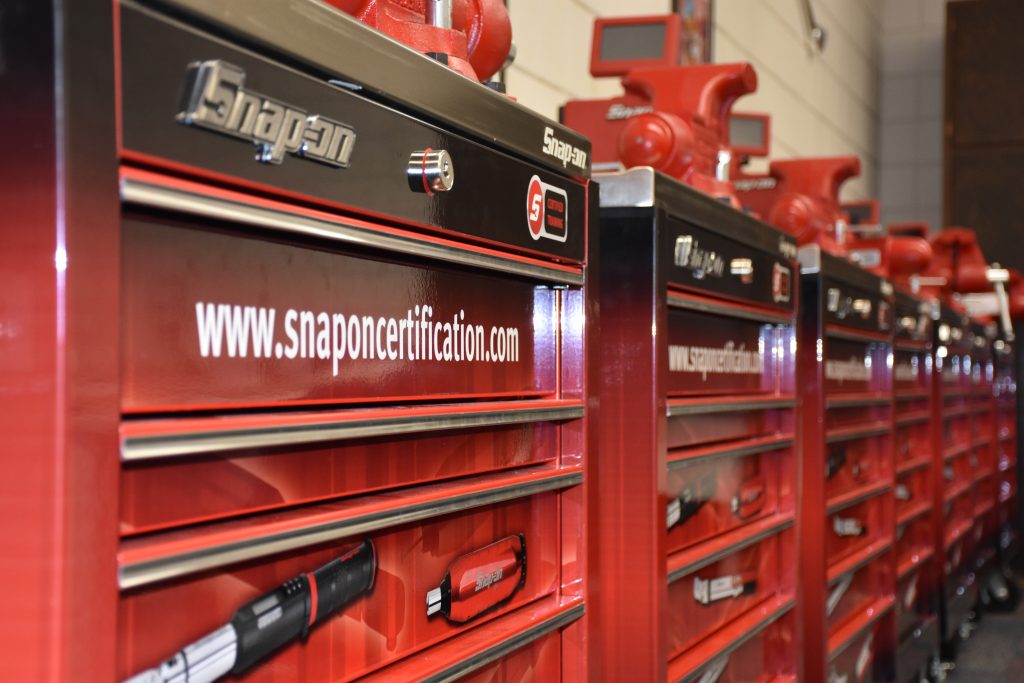
600,000 jobs by 2050
The U.S. Energy Department estimates that by 2050, wind energy has the potential to support more than 600,000 jobs. There are similar estimates across other industries as well, including aviation, manufacturing, and others.
Good opportunities are available to people in these industries who are trained. But how best do we close this skills gap?
Part of the issue is that skilled and technical labor has an image crisis. Many probably think a career in skilled trades involves a job working in noisy, dirty surroundings that garners little respect and attention. Those stereotypes may be hampering the recruiting efforts of people into the skilled trades and could hinder growth of the wind-power industry.
We need to start by inspiring students. In as little as two years, a person can receive a technical degree and start working in a meaningful job that offers career advancement and make a decent living doing so. There is a bright future in the growing wind and renewable energy industries; it is a compelling story that needs to be better told in high schools across the country.
The reality today is that many individuals think of a traditional four-year college as a first option; a career in a skilled labor field is not top of mind for them or their parents. Simply put, skilled labor should not be viewed as a second-place option or consolation career path. What students need to know is that gaining skills and working in the wind- and renewable-energy industries is a career that is highly technical and skilled and requires a great deal of training and knowledge. What students need to know is that a technical degree can often provide a much quicker path to employment, is often less expensive than a bachelor’s degree, and comes with reasonable assurance that a job will likely be waiting for them following course completion — and that job may be building or maintaining massive wind turbines.
The suppliers’ role in training
The role suppliers are playing in technical education is providing conformity and an across-the-board standard for the partnering technical schools to present in-depth instruction on tool use, as well as theory and application.
For wind energy, the most applicable certification courses include torque, multimeter, and tools at height (tethered tools).
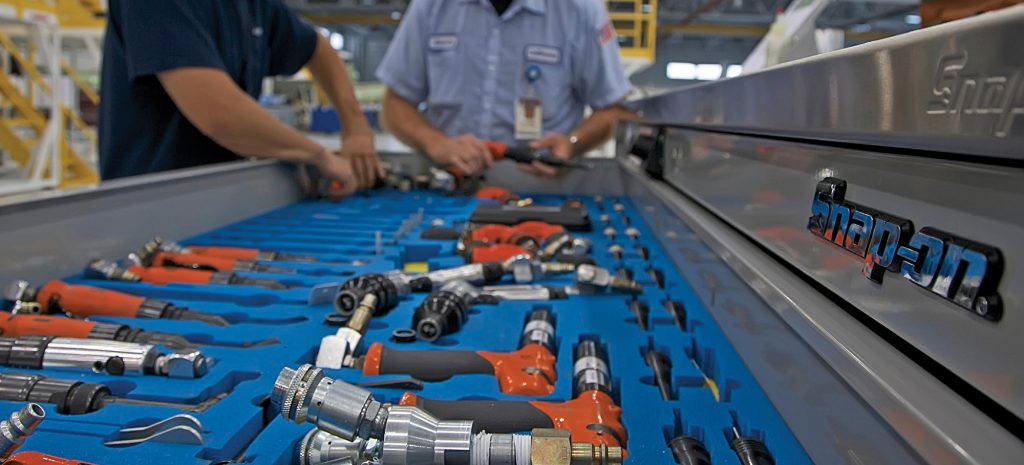
A thorough understanding of torque is extremely important in wind energy as turbines have more than 600 fasteners, all of which require proper torque. Torque certification dives deep into how to identify bolt grades, clamping force, thread pitch, and the dynamics of what happens when applying torque to a fastener. It also includes mechanical and electronic torque instruments, hands-on training, safety, and calibration equations.
Multimeters are one of the most important tools used by wind technicians due to the sophisticated electrical and electronic components and monitoring systems in turbines. This certification teaches the proper way to use every function of a multimeter. And since many maintenance jobs within the energy sector take technicians off the ground, learning about different tethering devices and how to best use them to ensure tool security is the basis of the tools-at-height certification.
It cannot be emphasized enough that great opportunities exist to those who pursue a career in the skilled trades. But people simply cannot walk in off the street and get one of these jobs; special skills and training are needed to keep high-tech equipment, such as wind turbines, operational. With the help of contributions from suppliers, technicians of tomorrow are poised to realize their dreams by being provided with the best tools to succeed in conjunction with our partnership with technical schools. Working together, I am confident we will see our efforts make a positive impact with future technicians in the industry.



















